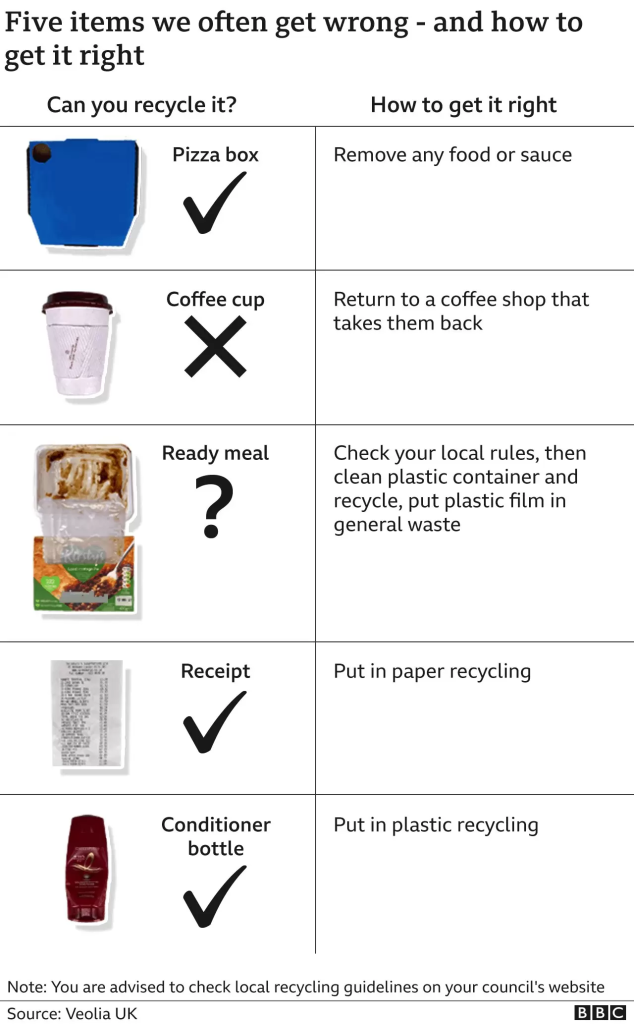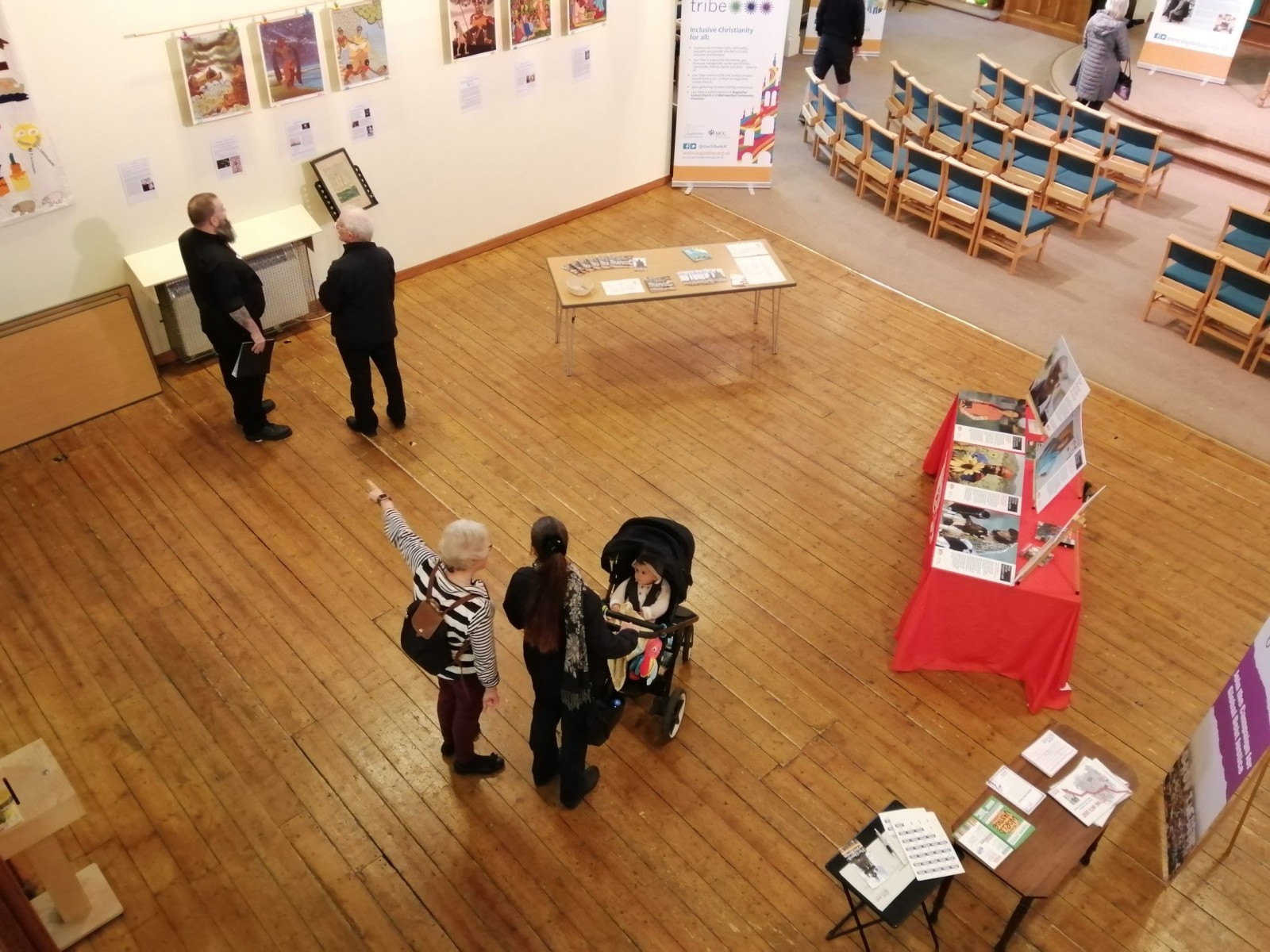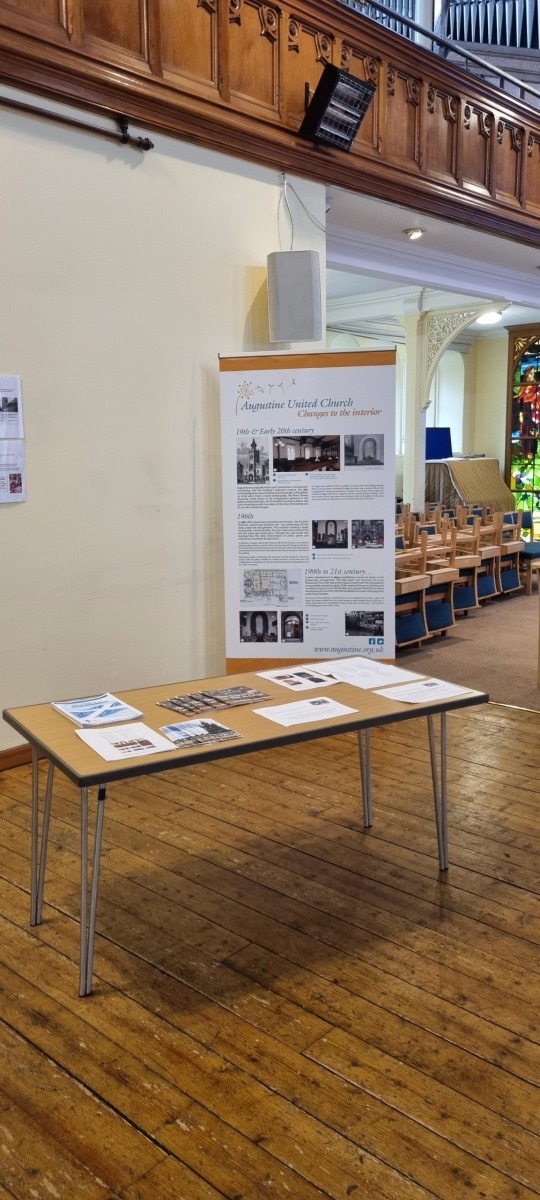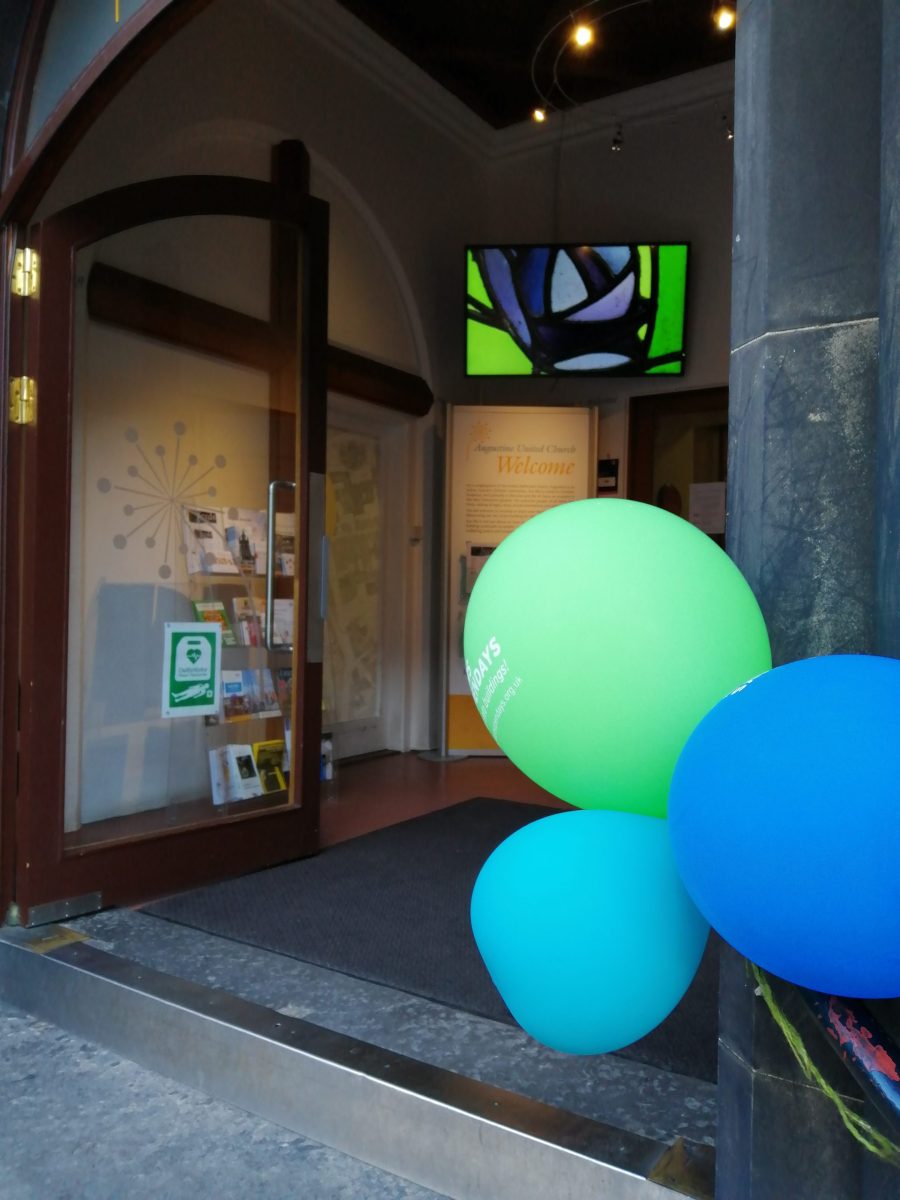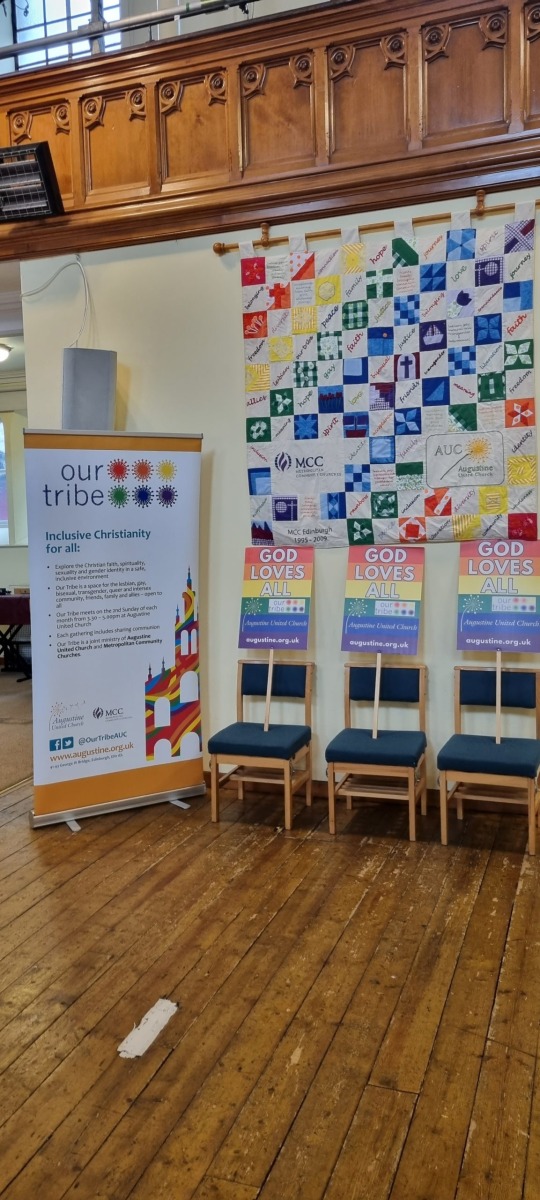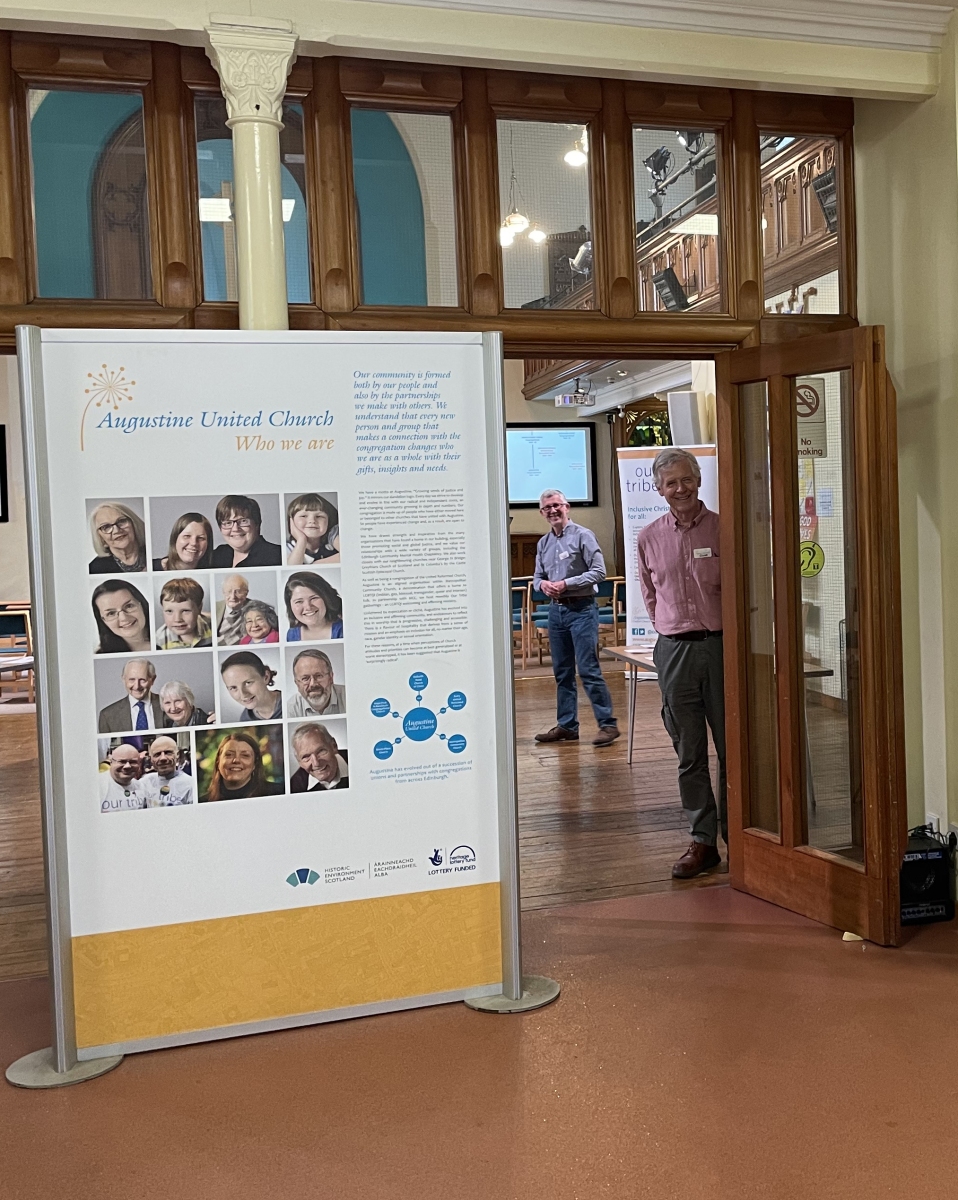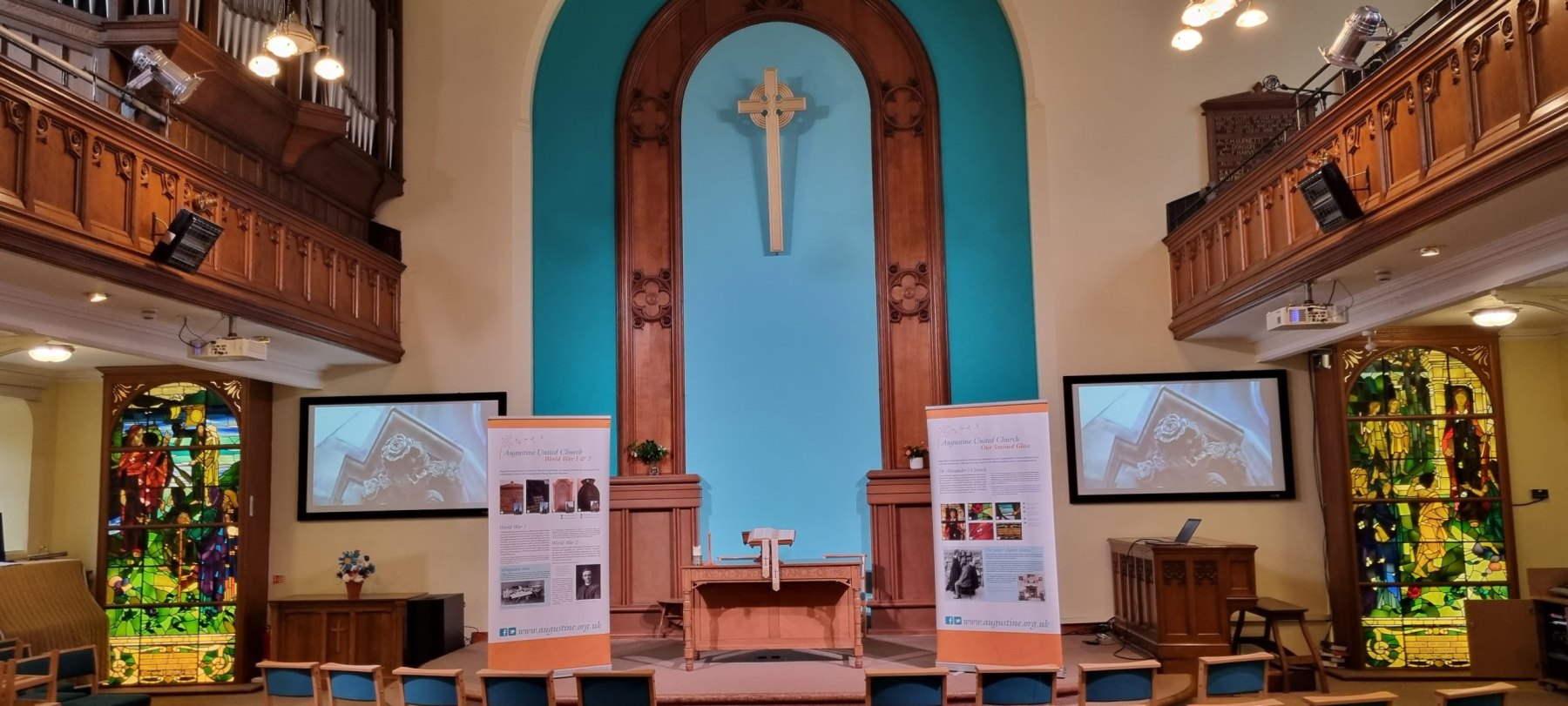By Laurence Wareing (From Seeds February – March 2023)
Recycling isn’t easy. It used to confuse my mum completely – though she was determined to ‘do it right’.
And my mother-in-law was so meticulous about the task, she put us to shame – but it took her a very long time to get everything precisely how she felt the bin men wanted it.
I guess I’ve been quite inconsistent about the whole thing. But then I saw some photos on the BBC website of a recycling plant – the kind that sorts around 25 tonnes of recycling per hour. It wasn’t the size of the place, and of the undertaking, that stopped me in my tracks. It was Phil Coombs’ photo of workers sorting rubbish on the conveyer belts.
It looks like an especially unpleasant job they are doing – but, clearly, it’s made worse because so much rubbish comes through that is unclean, might contaminate, or is sharp and dangerous. The protective gloves and sleeves being worn by the men and women speak volumes. So, I was grateful that Phil has given permission for us to share his photos in Seeds. Pictures, they say, are worth a thousand words!
Alongside Phil’s photos, the BBC’s Environment Correspondent, Helen Briggs, used a word that was new to me: ‘wishcycler’.
‘Ever paused with your hand over the recycling bin, wondering whether to drop in that cheese-splattered pizza box?’ she asks. Oh yes, I’m thinking! And don’t get me started on those barely visible numbered triangles that are meant to help my decision-making but don’t. ‘You could be a wishcycler’, suggests Helen, ‘ – keen to recycle more stuff and do your bit for the planet, but confused about the best way to go about it.’ In all honesty, that describes me to a tee.
Helen says: ‘Wishcycling . . . describes the well-intentioned, but often unfounded belief, that something is recyclable, even though it’s not.’ Moreover, while the packaging might say something is recyclable, that doesn’t mean my council will accept it. ‘One council’s recycling is another council’s general waste, so it’s important to always check your local rules.’ (Where? How? Help!)
Helen Briggs turned for help to waste reduction charity, Wrap. She wasn’t sure whether her plastic conditioner bottle could be recycled. She’s not alone. Many of us get it wrong with things like shampoo and conditioner bottles, cleaning and bleach bottles, foil and aerosols. But Wrap comes to our rescue: ‘If it’s plastic and bottle-shaped it can go in the recycling.’ Brilliant. Job done.
Ready meal packaging is trickier. Some recycling plants accept the plastic tubs, others don’t. Plastic film can’t be recycled, though. It must be peeled off and put in with the general rubbish. And any food (like that stringy cheese left in the pizza box) should be scraped off and removed.
It turns out that 88% of UK households regularly recycle. That’s good news. The not-so-good news is that 87% of UK households recycle one or more items that are not accepted in the kerbside recycling and 57% miss one or more items that could be recycled at the kerbside.
Food Waste Action Week is 6-12 March this year. Excitingly, there’s loads of background information on the Wrap website (wrap.org.uk). For more local information, www.mygov.scot/bins will point you to the right page on your council website – where you should find the do’s and don’ts of your local recycling. For more detailed information, try: wasteless.zerowastescotland.org.uk/
For the moment, I’m going to learn this graphic (below) by heart. I won’t get everything right, but I’m going to work at it, and in 2023 try to become a realistic recycler, not just a wishcycler.
